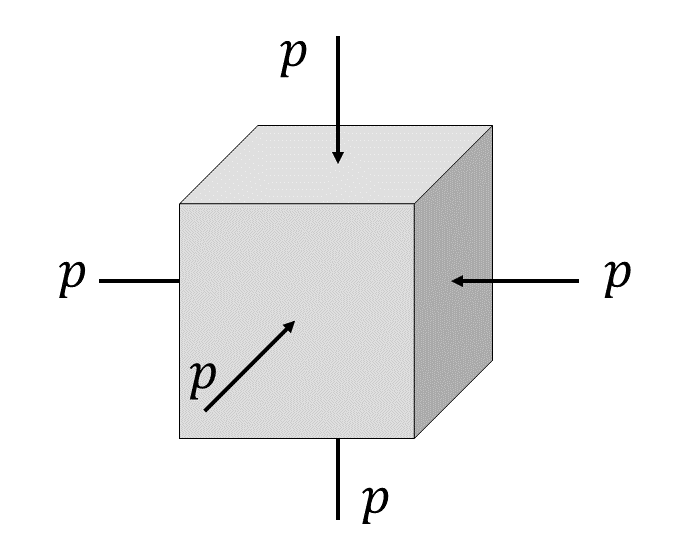In fatigue testing, R is the ratio of the minimum to the maximum occurring during one period of a cycle. If the mean value... Continue reading
Return to previous page


